Introduction
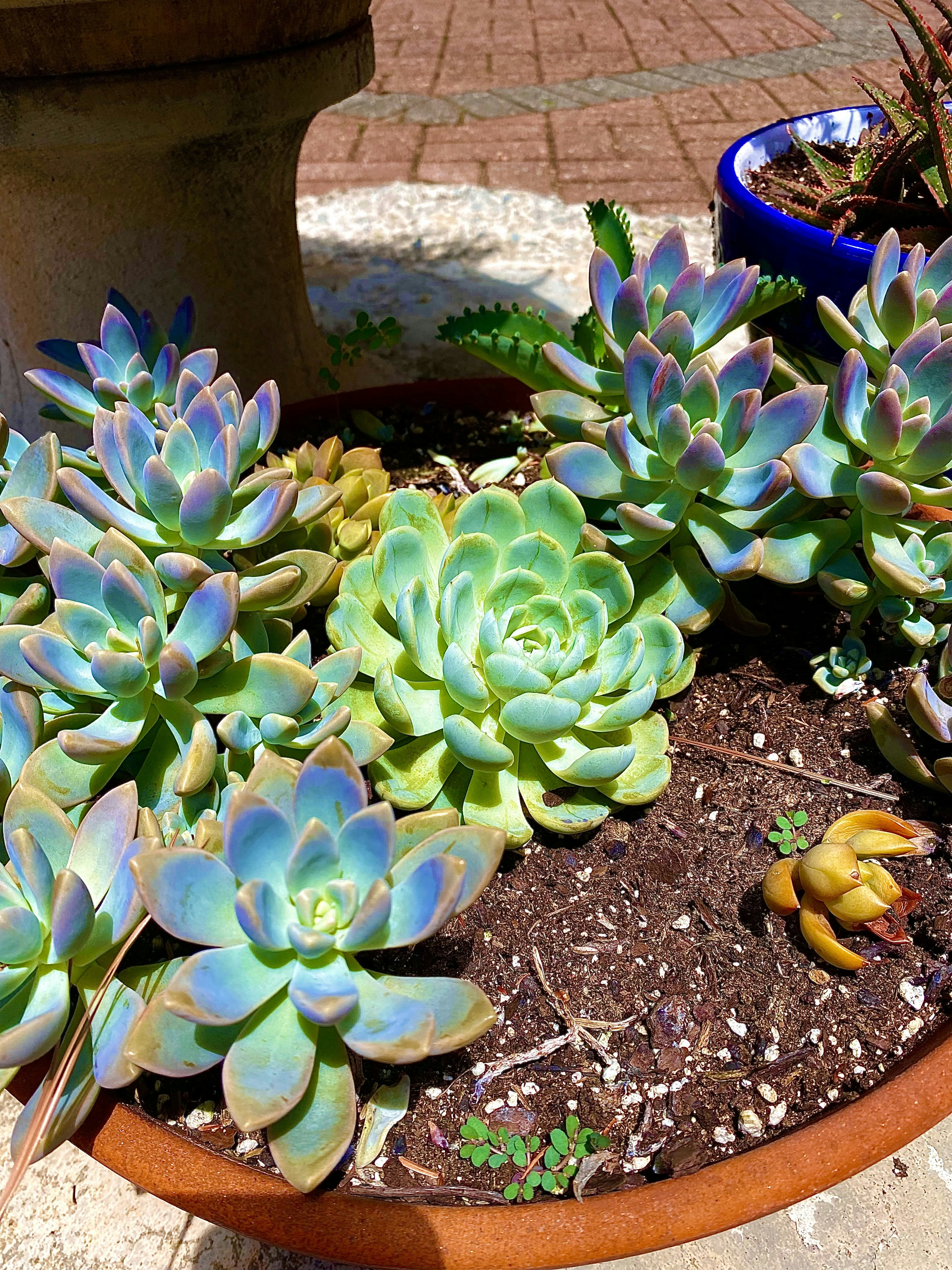
Succulents have become increasingly popular among gardening enthusiasts, especially for beginners looking to embark on a stress-free and rewarding gardening experience. These unique plants offer a multitude of benefits that make them the perfect choice for those new to gardening. From their low-maintenance nature to their stunning aesthetics, succulents have captured the hearts of many. In this guide, we will explore the benefits of growing succulents, delve into their popularity in gardening circles, and provide tips on choosing the right succulent for beginners.
Benefits of growing succulents
One of the key advantages of growing succulents is their beginner-friendly nature. These plants are known for their ability to thrive in various conditions with minimal care. They require less water compared to other plants, making them perfect for individuals who may forget to water their green friends regularly. Additionally, succulents come in a wide array of shapes, sizes, and colors, allowing you to create visually stunning displays in your garden or home.
The popularity of succulents in gardening
Succulents have experienced a surge in popularity within the gardening community over recent years. Their unique and eye-catching appearance has made them highly sought after by both seasoned gardeners and newcomers alike. With their ability to survive in arid climates and adapt to different environments, these resilient plants have become symbols of strength and endurance.
Choosing the right succulent for beginners
When it comes to selecting a beginner-friendly succulent, it's important to consider factors such as ease of care and resilience. Some popular choices include Echeveria, Haworthia, Sedum, Aloe Vera, and Burro's Tail. Each of these varieties offers its own set of characteristics that make them ideal for novice gardeners.
In the following sections, we will explore each of these succulents in more detail, discuss important factors to consider when selecting succulents, provide care tips for beginners, and offer creative ideas for incorporating succulents into your garden or home decor. So let's dive in and discover the joy of growing and caring for these captivating plants!
Types of Beginner-Friendly Succulents
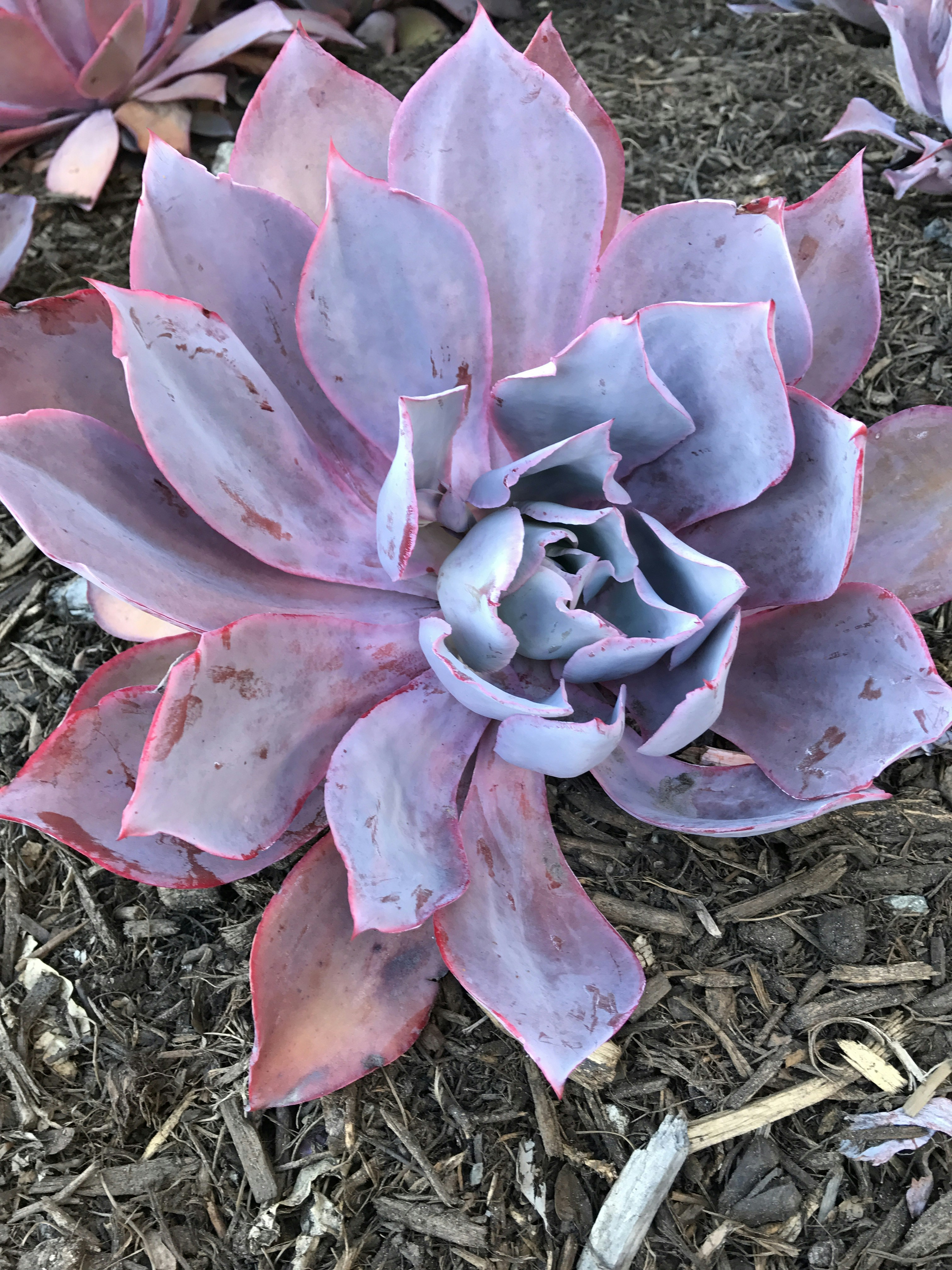
When it comes to choosing beginner-friendly succulents, there are several options that are both beautiful and easy to care for. Let's explore some of the best choices:
Echeveria: A Stunning Rosette-Shaped Succulent
Echeverias are known for their stunning rosette-shaped foliage, which comes in a variety of colors and textures. These succulents thrive in bright sunlight and prefer well-draining soil. With their low water requirements, they are perfect for beginners who may be prone to overwatering. Echeverias can be grown both indoors and outdoors, making them a versatile choice for any garden.
Haworthia: A Compact Succulent with Unique Patterns
Haworthias are compact succulents that feature unique patterns on their leaves, ranging from stripes to spots. They are excellent choices for beginners due to their ability to tolerate low light conditions and their forgiving nature when it comes to watering. Haworthias prefer well-draining soil and should be protected from frost in colder climates.
Sedum: Perfect for Low-Maintenance Gardens
Sedums are incredibly low-maintenance succulents that come in a wide range of shapes, sizes, and colors. They can withstand drought conditions and require minimal watering, making them ideal for those who tend to forget about their plants from time to time. Sedums thrive in full sun but can tolerate partial shade as well.
Aloe Vera: A Versatile Succulent with Medicinal Properties
Aloe vera is not only a popular houseplant but also has numerous medicinal properties. This succulent is known for its fleshy leaves filled with gel-like sap that can be used to soothe burns, cuts, and other skin irritations. Aloe vera prefers bright indirect sunlight but can tolerate lower light conditions. It requires well-draining soil and should be watered deeply but infrequently.
Burro's Tail: A Trailing Succulent for Hanging Baskets
Burro's Tail, also known as Sedum morganianum, is a trailing succulent that looks stunning when planted in hanging baskets or cascading over the edges of pots. Its long trailing stems are adorned with plump, bead-like leaves. Burro's Tail prefers bright indirect sunlight and well-draining soil. It is drought-tolerant and should be watered sparingly to avoid root rot.
These beginner-friendly succulents not only add beauty to your garden but also require minimal care and attention. Whether you choose the stunning rosettes of an Echeveria or the unique patterns of a Haworthia, these plants will thrive with just a little love and attention. So go ahead, embrace the simplicity and elegance of these succulents in your garden!
Factors to Consider When Selecting Succulents
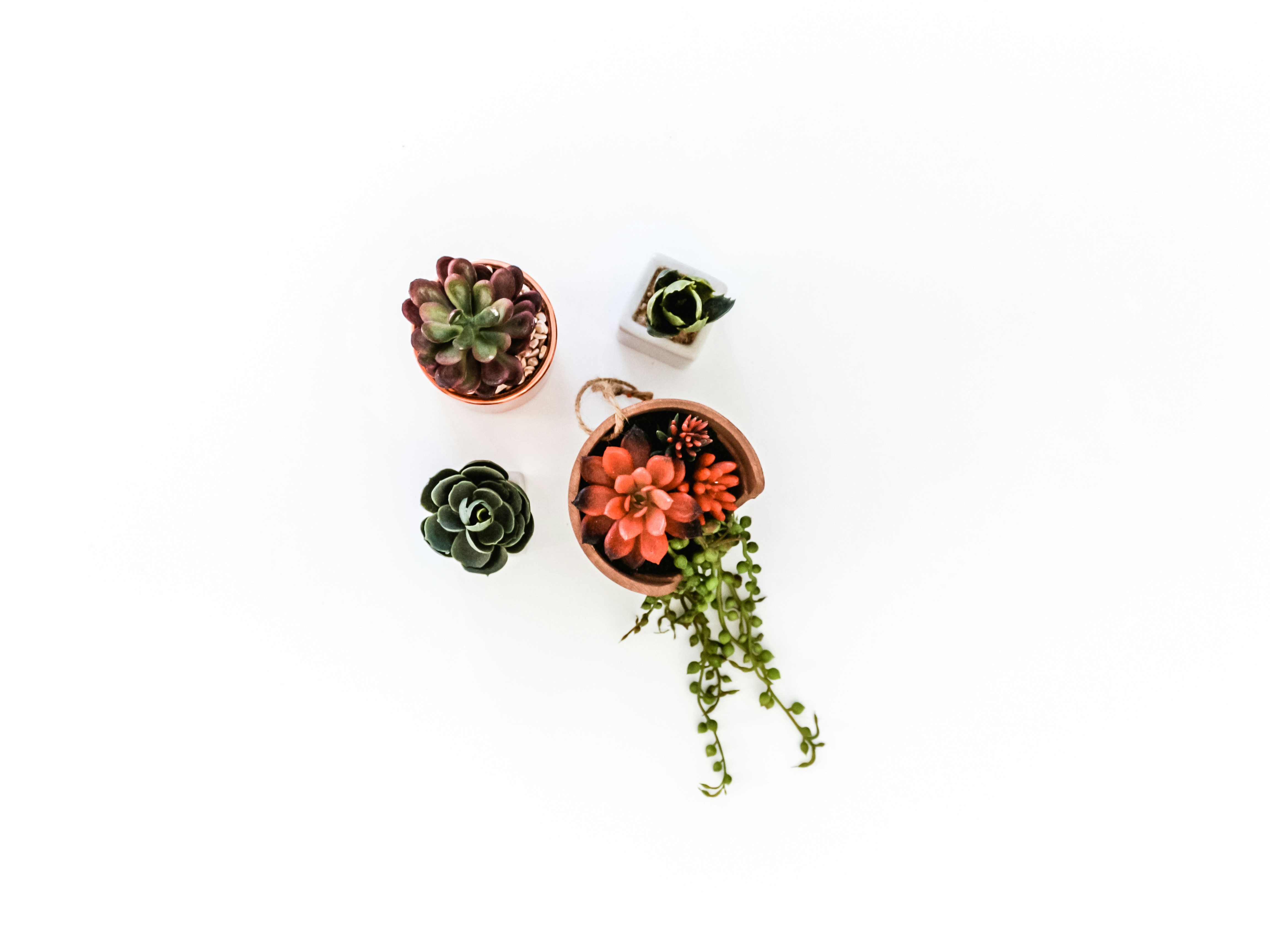
Lighting Requirements: Finding the Perfect Spot for Your Succulent
When selecting succulents, it's important to consider their lighting requirements. Most succulents thrive in bright, indirect sunlight, so it's best to place them near a window with filtered light. However, some varieties can tolerate low light conditions, making them suitable for indoor spaces with limited natural light. Remember to rotate your succulents every few weeks to ensure even growth and prevent them from leaning towards the light source.
Watering Needs: Avoiding Overwatering and Underwatering
One of the key factors in successfully growing succulents is understanding their watering needs. These plants are adapted to arid conditions and store water in their leaves and stems. As a beginner, it's crucial to avoid overwatering, which can lead to root rot and other issues. Instead, water your succulents deeply but infrequently, allowing the soil to dry out completely between waterings. It's better to underwater than overwater your succulents.
Soil Preferences: Choosing the Right Soil Mix for Succulents
Succulents require well-draining soil that allows excess water to escape quickly. A good soil mix for succulents consists of a combination of regular potting soil and coarse sand or perlite. This mixture promotes proper drainage while still providing enough nutrients for healthy growth. Avoid using heavy clay-based soils or those that retain too much moisture as they can lead to root rot.
Climate Considerations: Matching Succulents to Your Local Weather
Different succulent varieties have varying climate preferences, so it's essential to choose ones that are suitable for your local weather conditions. Some species are more cold-tolerant and can withstand freezing temperatures, while others thrive in warm climates with high humidity levels. Research the specific requirements of each succulent before purchasing them, ensuring they will thrive in your particular climate.
Care tips for beginner succulent growers
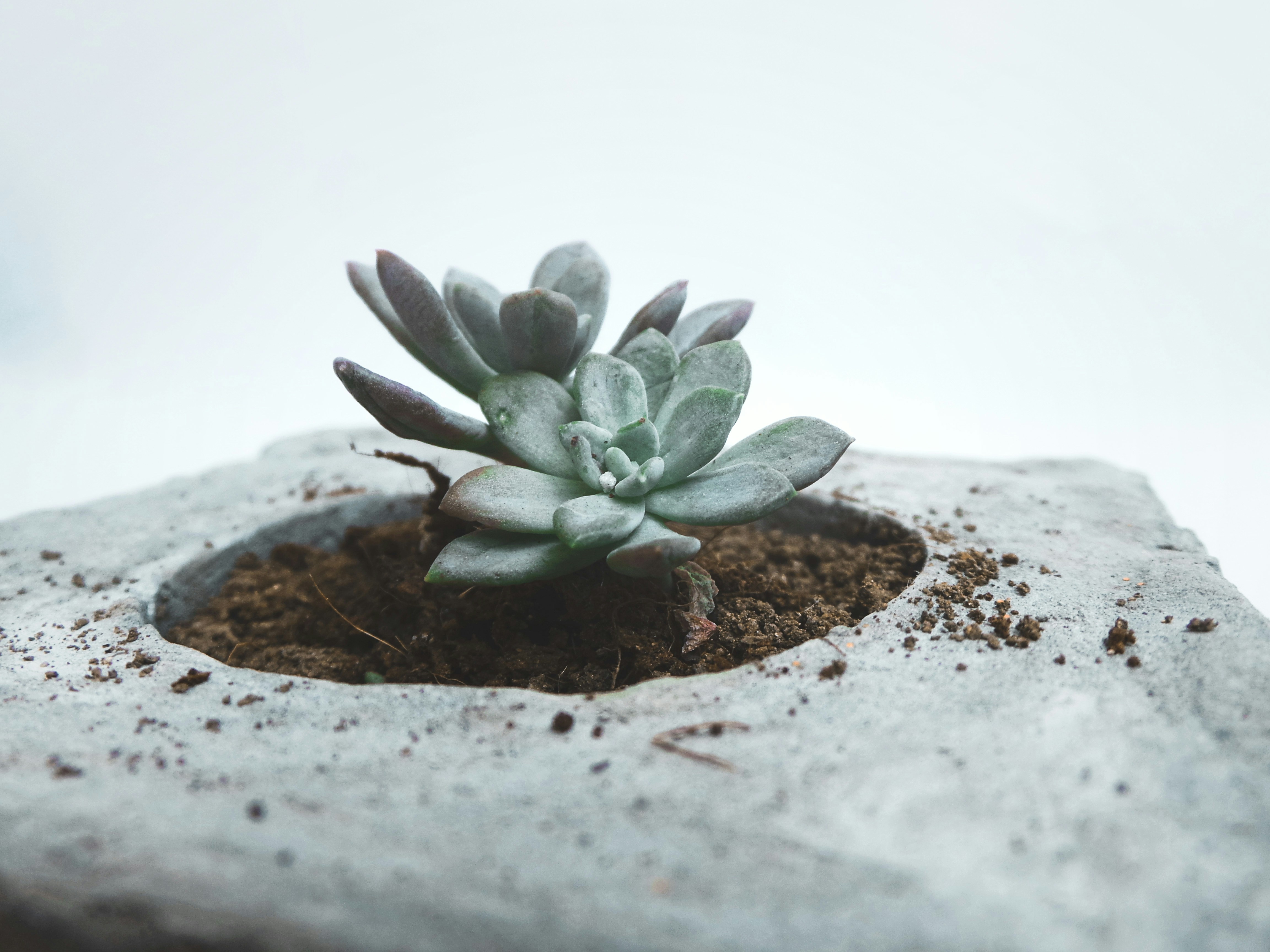
Proper watering techniques
When it comes to watering your beginner-friendly succulents, it's important to find the right balance. Succulents store water in their leaves and stems, so they don't require frequent watering like other plants. Overwatering can lead to root rot and other issues, while underwatering can cause the leaves to shrivel and die.
To properly water your succulents, wait until the soil is completely dry before giving them a good soak. When you do water, make sure to thoroughly saturate the soil until water drains out of the bottom of the pot. This ensures that the roots receive enough moisture without sitting in stagnant water.
Remember, it's better to underwater than overwater your succulents. They can tolerate drought-like conditions better than excessive moisture. So always err on the side of caution when it comes to watering.
Providing adequate sunlight
Succulents thrive in bright light conditions, so it's essential to provide them with adequate sunlight. Place your beginner-friendly succulents near a south or west-facing window where they can receive at least six hours of indirect sunlight each day.
If you notice that your succulents are stretching or becoming leggy, it's a sign that they are not receiving enough light. In this case, you may need to supplement with artificial grow lights or move them closer to a brighter window.
However, be cautious not to expose your succulents directly to intense afternoon sun as this can scorch their leaves. If you live in an area with hot summers, consider providing some shade during peak hours or using sheer curtains to filter the sunlight.
Preventing common pests and diseases
While succulents are generally low-maintenance, they can still fall victim to pests and diseases if not properly cared for. Some common pests that may affect your beginner-friendly succulents include mealybugs, aphids, and spider mites.
To prevent these pesky critters from infesting your plants, regularly inspect your succulents for any signs of pests such as webbing or small insects. If you do spot an infestation, isolate the affected plant immediately to prevent it from spreading to others.
To treat minor pest issues, you can use a mixture of water and mild dish soap to gently wash off the bugs. For more severe cases, consider using organic insecticidal soap or neem oil as directed.
Additionally, be mindful of overwatering as it can create a favorable environment for fungal diseases such as root rot. Ensure proper drainage and avoid getting water on the leaves or crowns of your succulents to minimize the risk of disease.
Tips for repotting and propagating succulents
As your beginner-friendly succulents grow, you may need to repot them into larger containers to accommodate their expanding root systems. Repotting should be done during the active growing season in spring or early summer.
When repotting, choose a pot that has drainage holes to prevent waterlogged soil. Use a well-draining soil mix specifically formulated for succulents or create your own by combining regular potting soil with perlite or coarse sand.
Gently remove the plant from its current container by loosening the soil around the roots. Place it in the new pot and backfill with fresh soil, ensuring that the plant sits at the same depth as before. Allow the newly repotted succulent to settle for a few days before watering.
If you want to expand your succulent collection or share them with friends, propagating is a fun and rewarding method. Most succulents can be propagated through leaf cuttings or stem cuttings.
To propagate through leaf cuttings, gently twist off a healthy leaf from the mother plant and let it dry for a few days until a callus forms. Place the calloused end of the leaf in well-draining soil and mist lightly until roots develop.
For stem cuttings, use a clean, sharp knife to cut a section of stem from the mother plant. Let it dry for a few days until calloused, then insert it into moist soil and keep it slightly humid until roots appear.
Remember, proper care is key to ensuring your beginner-friendly succulents thrive and flourish. By mastering proper watering techniques, providing adequate sunlight, preventing pests and diseases, and learning how to repot and propagate your plants, you'll be well on your way to becoming a successful succulent grower.
Decorating with Succulents
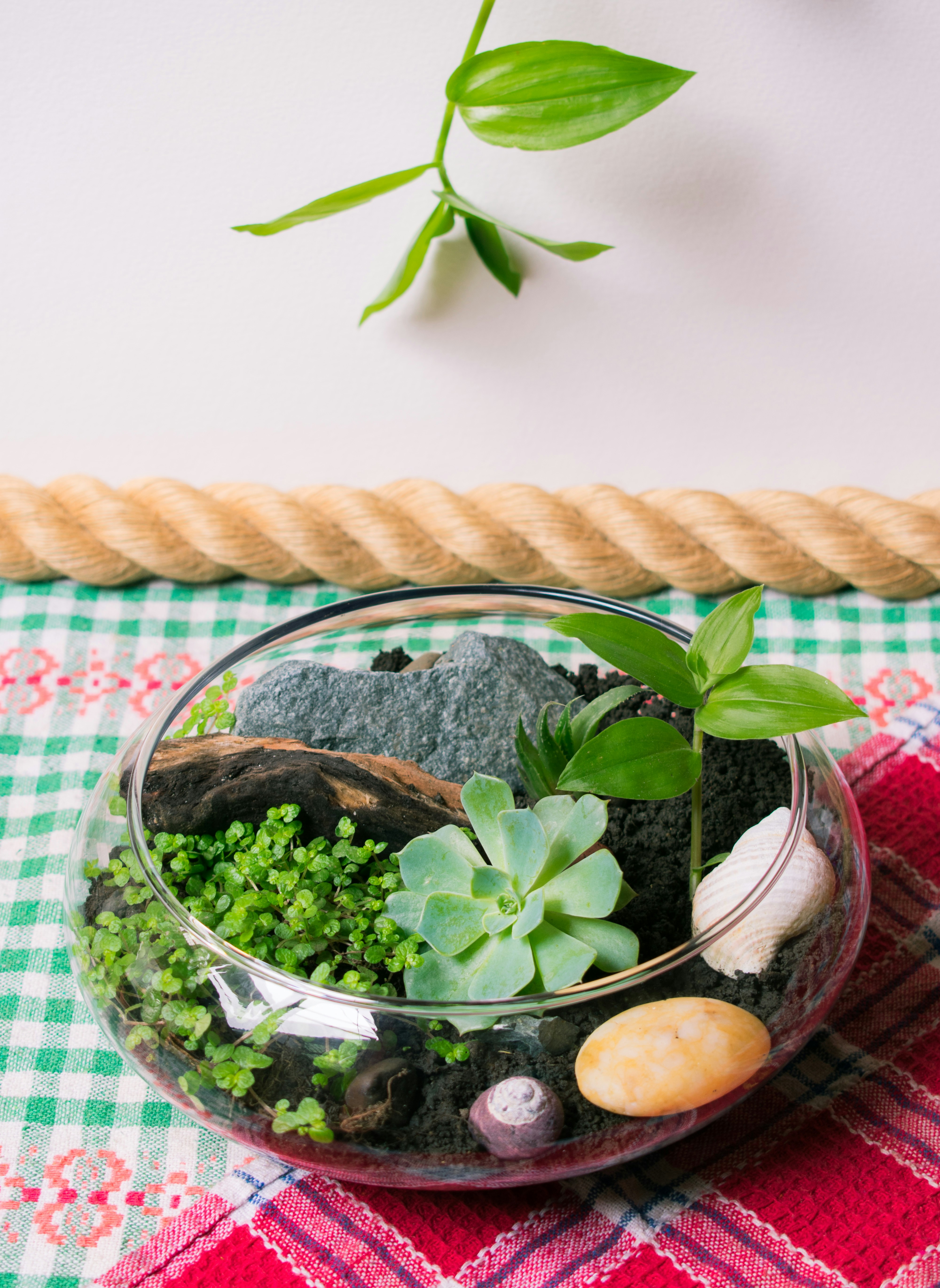
Succulents are not only beautiful plants to grow, but they also make fantastic decorations for your home or garden. Whether you're looking to create a stunning centerpiece or add some greenery to vertical spaces, there are plenty of creative ways to incorporate succulents into your decor.
Creating a Succulent Centerpiece
One of the easiest ways to showcase your love for succulents is by creating a stunning centerpiece. Choose a shallow container and fill it with a well-draining soil mix suitable for succulents. Arrange an assortment of colorful and textured succulents in the container, making sure to vary the heights and sizes for visual interest. Add some decorative rocks or pebbles around the plants to complete the look. This eye-catching centerpiece will be a conversation starter at any gathering.
Incorporating Succulents into Terrariums
Terrariums provide an ideal environment for succulents, allowing you to create miniature landscapes within glass containers. Start by layering small rocks or pebbles at the bottom for drainage, followed by activated charcoal to keep the soil fresh. Then, carefully arrange your chosen succulents in the terrarium, considering their growth habits and colors for an aesthetically pleasing composition. Finish off with some decorative elements like moss or tiny figurines to add personality and charm.
Hanging Succulent Gardens for Vertical Spaces
If you're short on space or want to add some greenery vertically, consider creating hanging succulent gardens. Choose trailing varieties like Burro's Tail or String of Pearls that gracefully cascade down from hanging baskets or wall-mounted planters. These living tapestries will transform any blank wall into a vibrant display of nature's beauty while adding depth and dimension to your space.
DIY Succulent Arrangements and Wreaths
Unleash your creativity by making your own succulent arrangements and wreaths. Start with a wire frame or a foam wreath base and attach a variety of succulents using floral wire or hot glue. Mix different shapes, sizes, and colors to create an eye-catching design. Hang your succulent wreath on your front door or use it as a centerpiece for special occasions. For smaller arrangements, use vintage teacups, mason jars, or even old boots as unique containers.
Decorating with succulents not only adds a touch of natural beauty to your surroundings but also allows you to showcase your creativity. From creating stunning centerpieces to hanging gardens and DIY arrangements, there are endless possibilities to incorporate these beginner-friendly succulents into your decor. Let the charm and simplicity of these plants bring life and style to any space.
Troubleshooting common succulent issues
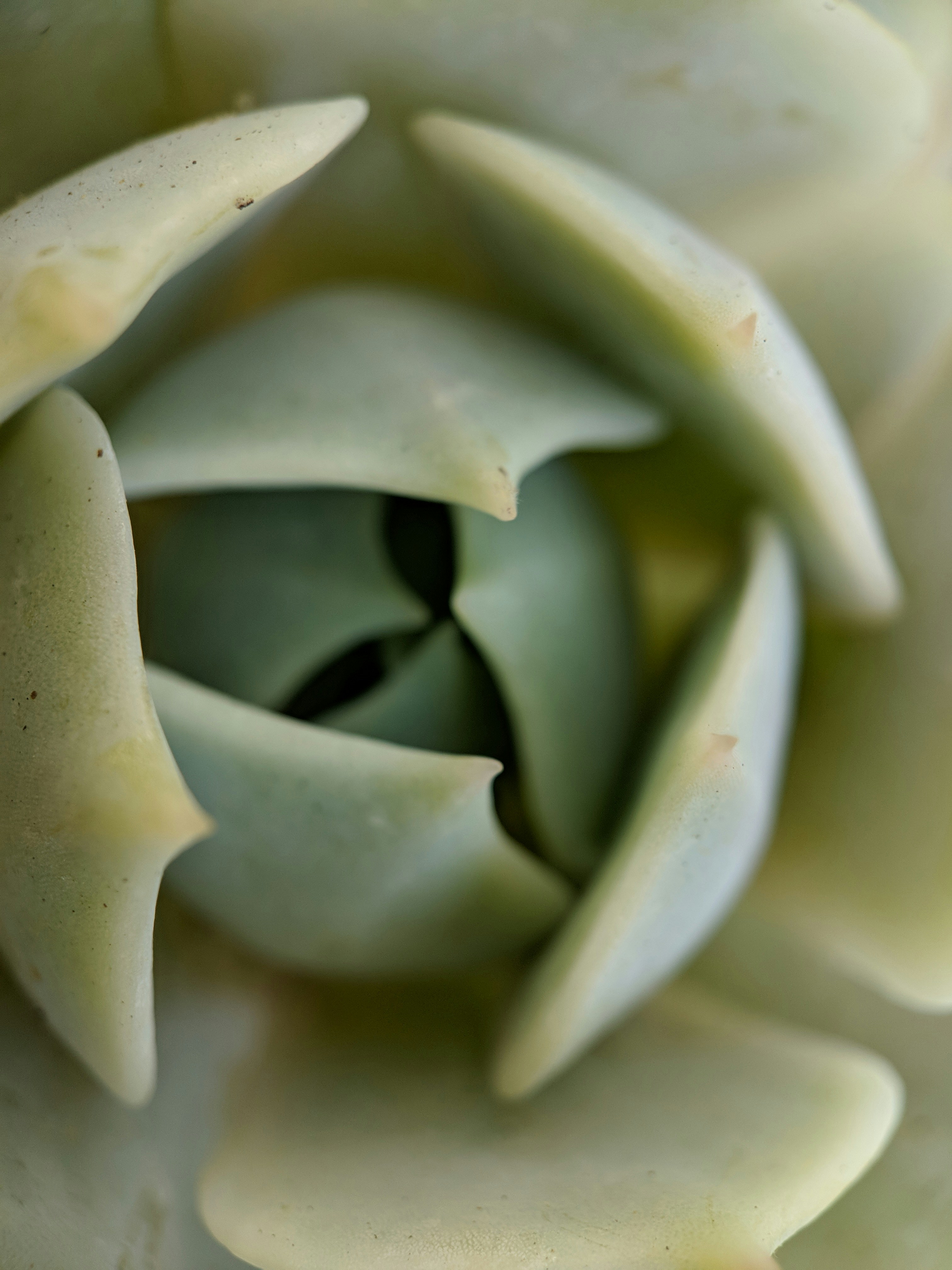
Yellowing or wilting leaves: Identifying and addressing nutrient deficiencies
If you notice your beginner-friendly succulents with yellowing or wilting leaves, it could be a sign of nutrient deficiencies. Succulents require specific nutrients to thrive, and a lack of these can cause their leaves to lose their vibrant color and become weak. To address this issue, you can introduce organic fertilizers specifically formulated for succulents into their soil. These fertilizers are rich in essential minerals like nitrogen, phosphorus, and potassium that will help restore the health of your succulents' leaves.
Root rot: Preventing and treating soggy roots
Root rot is a common problem that can affect succulents, especially if they are overwatered or planted in poorly draining soil. To prevent root rot, ensure that your succulents are planted in well-draining soil mixtures that allow excess water to escape easily. Additionally, avoid overwatering by allowing the soil to dry out completely between waterings. If you suspect root rot in your plants, gently remove them from their pots and inspect the roots for any signs of mushiness or discoloration. Trim away any affected roots and replant the succulent in fresh soil.
Stretching or etiolation: Fixing succulents that grow tall and weak
Stretching or etiolation occurs when succulents do not receive enough sunlight and start growing tall and weak in an attempt to reach for more light. To fix this issue, simply provide your succulents with more sunlight exposure by placing them near a south-facing window or under grow lights if natural light is limited. You can also rotate the pot regularly to ensure even growth on all sides of the plant.
Pest infestations: Recognizing and controlling common succulent pests
Pest infestations can be a headache for any succulent grower, but with proper identification and control, you can keep your plants healthy. Common pests that may attack beginner-friendly succulents include mealybugs, aphids, and spider mites. Keep an eye out for signs such as tiny webs, sticky residue, or visible insects on the leaves and stems. To control these pests, you can use natural remedies like neem oil or insecticidal soap. Regularly inspecting your plants and taking prompt action will help prevent pest infestations from spreading.
Conclusion
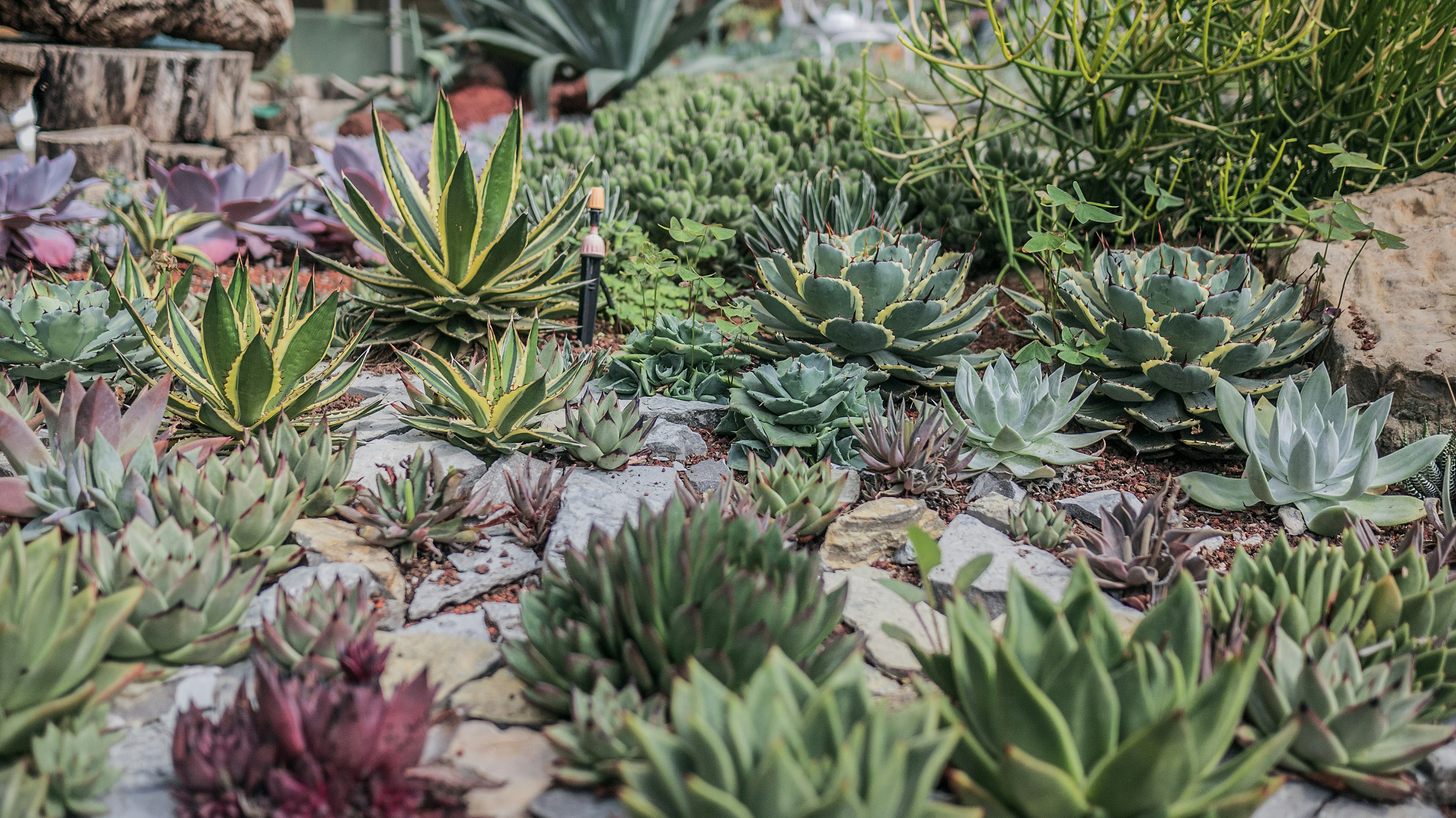
Growing and caring for succulents brings immense joy and satisfaction. These beginner-friendly plants offer a stress-free gardening experience, making them perfect for both novice and experienced gardeners. With their unique beauty and simplicity, succulents can transform any garden into a stunning oasis of greenery. So why wait? Embrace the world of succulents in your garden and enjoy the benefits they bring.
